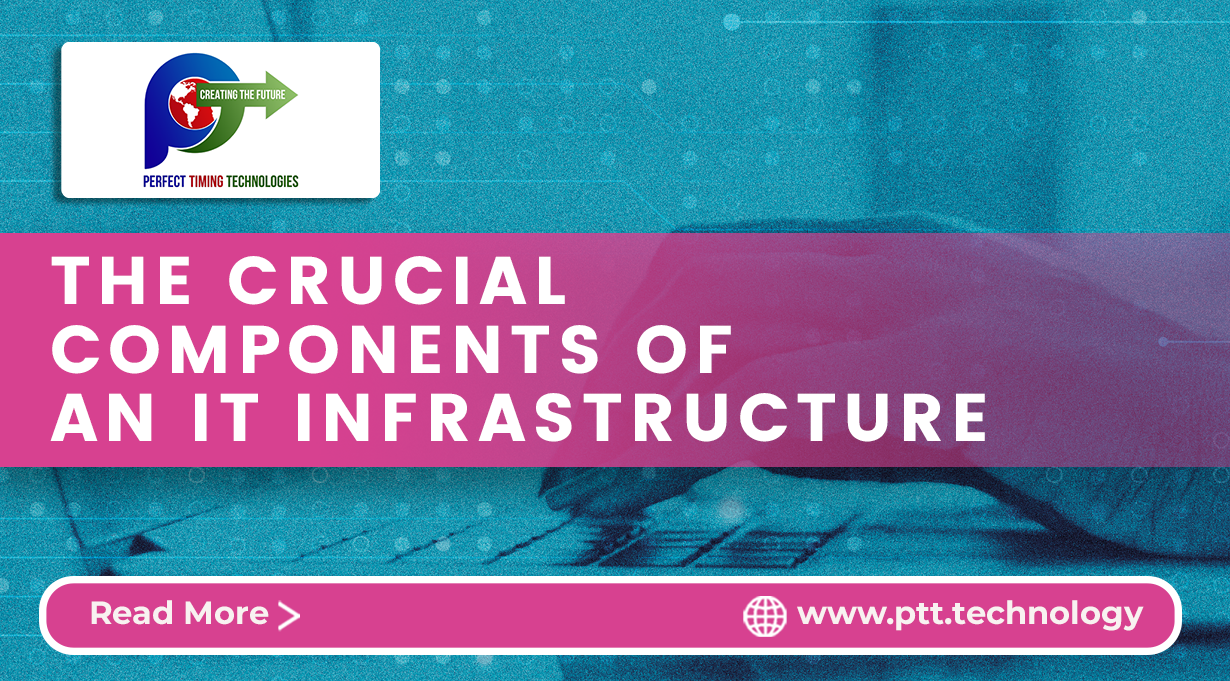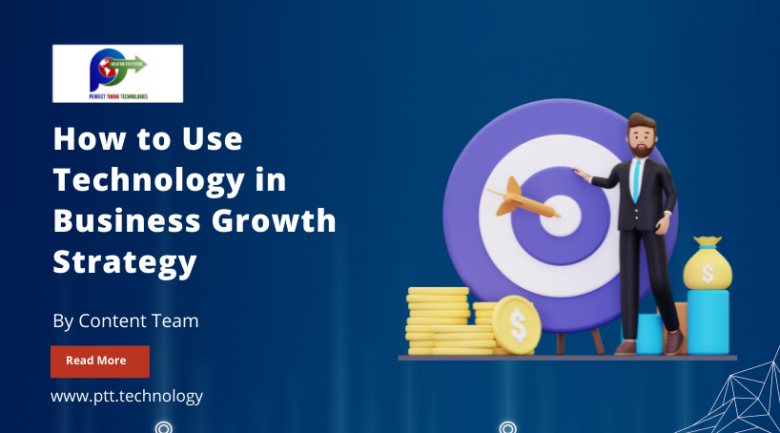
Understanding an IT infrastructure is not easy for everyone. In simple terms, an IT infrastructure consists of various tools and equipment utilized by modern businesses to survive in today’s digital era.
A company’s IT infrastructure is the backbone of any business. This article shall deal with the concept of an IT infrastructure and its key components.
So let us begin.
What is an IT Infrastructure?
IT infrastructure refers to the combination of hardware, software, networks, and services necessary to support and enable information technology operations within an organization. It is the foundation for data management, storage, transmission, and processing while ensuring that IT resources are available and functioning effectively.
IT infrastructure is the integrated framework that enables organizations to manage their IT resources effectively, support business processes, facilitate communication and collaboration, store and process data securely, and leverage technology for competitive advantage.
Crucial Components of an IT Infrastructure
An organization’s IT infrastructure consists of many elements but may vary depending on the business.
Given below are the crucial components of an IT infrastructure found in commonality.
Let us discuss them in brief.
- Hardware: It refers to the physical equipment used to support IT operations, such as servers, routers, switches, storage devices, desktop computers, laptops, and mobile devices.
- Software: Software consists of operating systems, applications, and other software solutions necessary to run various IT systems and provide services.
- Network: The network infrastructure consists of routers, switches, firewalls, and other networking devices that enable communication and data transfer between different devices and systems.
- Data Centres: These are centralized facilities consisting of servers, storage devices, and networking equipment. Data centres provide the IT infrastructure with the necessary environment, power, cooling, and security.
- Servers: These are powerful computers that provide services or resources to other devices on the network. They can be dedicated physical machines or virtualized instances running on a single physical server.
- Storage: It encompasses various technologies and devices used to store and manage data, such as hard disk drives, solid-state drives, network-attached storage, and storage area networks.
- Security: This includes measures and technologies to protect the IT infrastructure from unauthorized access, data breaches, malware, and other cyber threats. It involves firewalls, intrusion detection systems, antivirus software, encryption, access controls, and security policies.
- Databases: These are software applications used to store, manage, and retrieve structured data. Databases are essential for many applications and services, providing efficient and reliable data storage and retrieval.
- Cloud Computing: Cloud infrastructure enables access to computing resources and services over the Internet. It includes virtual servers, storage, databases, and software platforms provided by cloud service providers.
- Backup and Disaster Recovery: These components ensure data protection and continuity of operations in the event of system failures, disasters, or data loss. Regular backups, redundant systems, and disaster recovery plans are crucial for business continuity.
- Monitoring and Management: Tools and systems are necessary for monitoring the performance, availability, and security of an IT infrastructure. They help identify issues, track resource usage, and manage the overall health of the system.
- IT Service Management: Processes and frameworks, such as Information Technology Infrastructure Library(ITIL), are employed to manage and deliver IT services effectively. It includes service desks, incident management, change management, and service-level agreements.
Conclusion
You must note that the specific components of an IT infrastructure and their configurations may vary depending on the organization’s needs, size, and industry.
It is therefore best to take guidance from an IT consultancy to build your company’s IT infrastructure.







